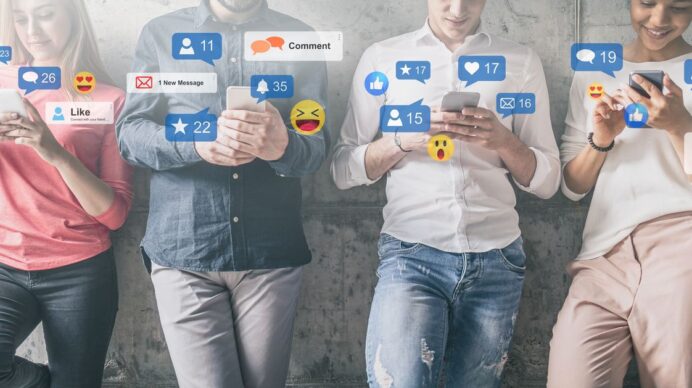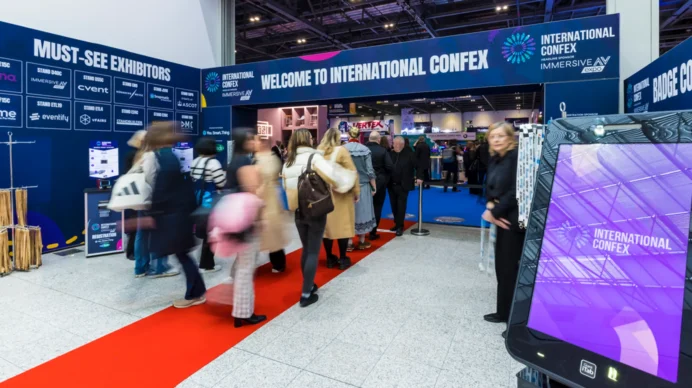Planning your first event and not sure where to start? Or looking to raise the bar and create an experience that really delivers?
At Tecna, we live and breathe exhibition design. Wherever you’re starting from, this guide is designed to give you clarity. We’ll break down what exhibition design really means, why it matters, and how every design choice shapes the experience on the day.
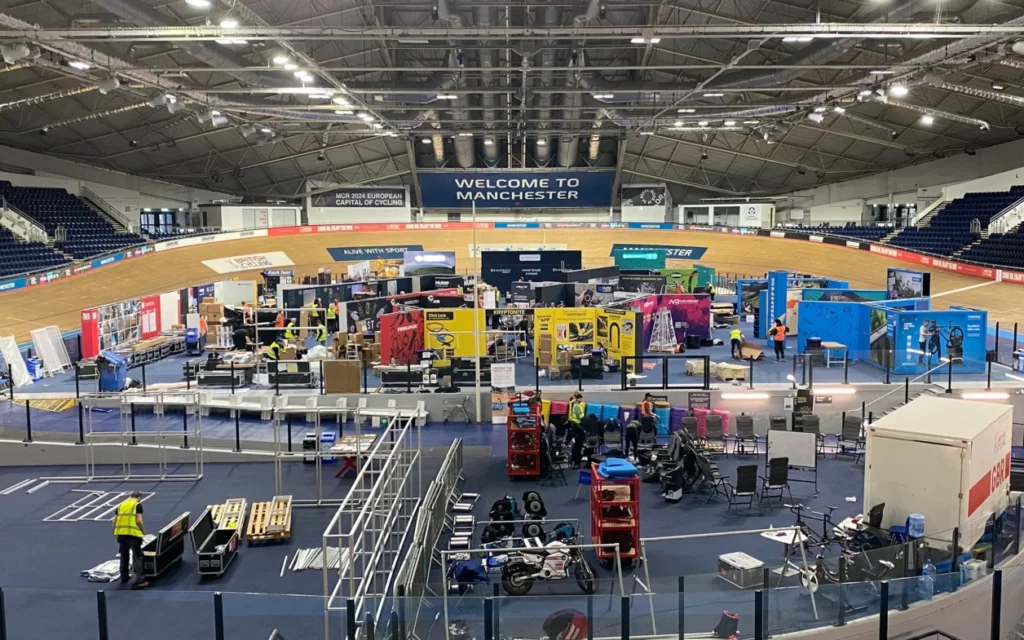
What is Exhibition Design?
Exhibition design is the creative process of shaping how people experience a space at an event. It’s where ideas, visuals, and layout come together to tell a story – and invite visitors to step inside.
It’s about guiding attention and creating moments of discovery for your brand. From the flow of the space to the lighting, materials, and interactive elements, every detail works together to create maximum impact.
Why is Exhibition Design Important?
For exhibitors, smart design creates real opportunities. It drives footfall to their stands, gives their brand the visibility it deserves, and sets the stage for meaningful conversations. It’s where products get noticed, stories get told, and business gets done.
But the value runs deeper. A well-designed exhibition builds trust in the event itself. It reflects the organiser’s vision and ambition – showing exhibitors and visitors they’re part of something professional, exciting, and worth their time.
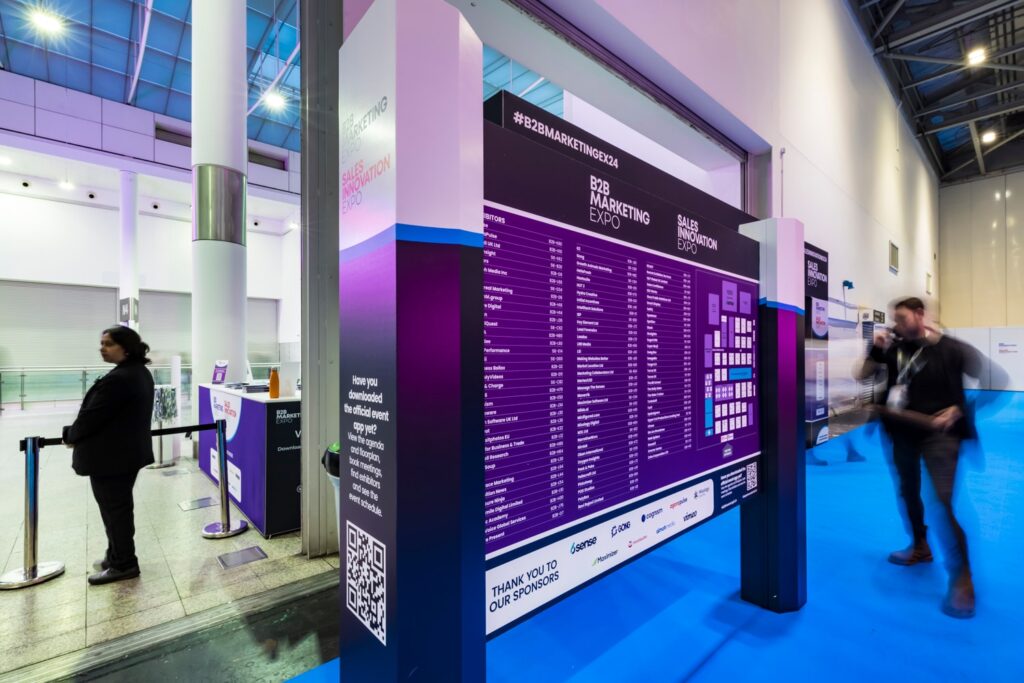
Exhibition Design Strategies
Let’s go through the key strategies you need to make your event a success.
Set Clear Goals to Guide Your Exhibition Design Strategy
Every great exhibition starts with a clear purpose. What are you really building? An area to showcase products. A space to drive sales? A hub for knowledge-sharing? A platform for powerful networking?
It’s likely a mix of many of these elements, but by being super focused you can ensure you deliver on all levels.
It’s also about understanding your audience. Who’s attending, and what are they looking for? When you know what matters to your visitors, you can design a layout that guides them naturally through the experience. Messaging, flow, and layout should all work together – supporting sales conversations while creating space for visitors to explore, engage and connect.
Map Out the Visitor Journey
Think about the natural paths people will take – entry points, main walkways, key features and clear sightlines. Avoid dead ends or tight bottlenecks that break the momentum. Instead, design wide, clear routes that guide visitors from one area to the next, with natural pauses built in.
Placement is key. Anchor high-interest features at the back or centre of the space to pull visitors through, rather than letting the crowd gather at the entrance. Spread out hero moments so there’s always something new drawing attention as people move.
Always design with dwell time in mind. Create spaces where people want to stop – whether that’s seating near a key feature, a coffee station, or an open demo area where the action feels part of the flow, not a side show.
Showcase Exhibits Creatively
Exhibitions are built for exploration – so why settle for static displays? Immersive experiences capture attention and create moments visitors remember.
Product demos, props, and interactive elements help bring ideas to life. They spark curiosity and encourage visitors to stop, engage, and ask questions. It’s about creating spaces that feel dynamic.
Positioning high interest bellweather exhibitors carefully will also help drive traffic around the exhibition floor, although this needs to be balanced with locations they will be happy to pay for.
Lighting and sensory details play their part too. For example, imagine a dedicated area designed to showcase wellness products. Soft, warm lighting draws visitors in, creating a calm, inviting atmosphere that instantly feels different from the surrounding buzz. Spotlights highlight hero products, while subtle scented diffusers fill the air with fresh citrus or calming lavender, reinforcing the exhibitors focus on wellbeing.
Integrate Technology to Supercharge Your Exhibition Space
Technology unlocks fresh ways to engage, excite, and connect. It turns passive browsing into active exploration, creating moments visitors remember.
• Lead capture becomes simple
Digital forms, instant data collection, and interactive tools remove barriers and simplify processes such as registration, reducing queues. No paper, no waiting. Just smooth, engaging interactions that work for visitors and exhibitors alike.
• Technology creates moments people want to share
Interactive games, social media walls, or live on floor news studios encourage visitors to get involved – and share the experience. It stretches the impact beyond the exhibition floor. 3d virtual tours of the exhibition can extend the reach post event and create additional revenue.
• Immersive experiences grab attention
Augmented reality, virtual reality, interactive walls, and scavenger hunt style paths around key stands open new worlds inside the exhibition hall. Visitors explore products, visualise solutions, or dive into virtual spaces designed to spark curiosity.
Our Dimplex case study is a great example of using technology to take a stand further. A digital spin-the-wheel game drew visitors in, adding a playful, interactive moment alongside their real-life interactive display. It encouraged engagement, supported the hands-on experience, and kept the stand buzzing with activity.
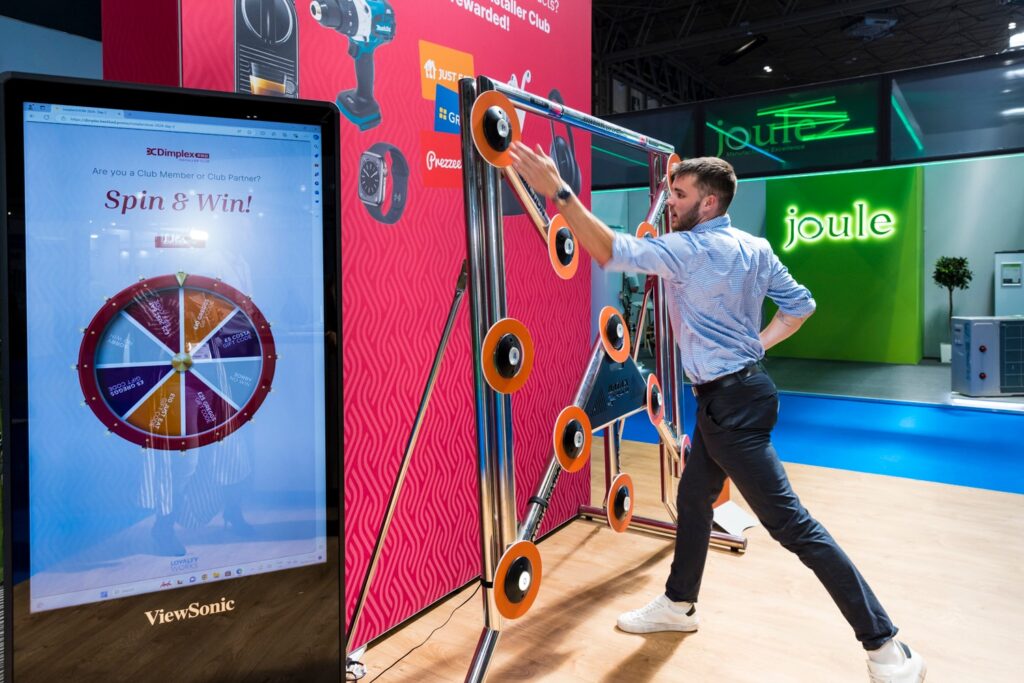
Use Visitor-Focused Marketing
The visitor experience starts before the event opens. Build anticipation with pre-event campaigns like teasers, bold visuals, and content designed to spark curiosity and drive pre-registrations.
On the day, create spaces that visitors want to share. Photo moments, interactive features, and creative installations turn your event into something worth talking about.
Capturing the buzz as it happens keeps the story going. Live content, interviews, and behind-the-scenes clips help extend the impact – reaching far beyond the exhibition walls.
Working with Professional Exhibition Designers
You can choose to work with professional exhibition designers to open the door to bigger, bolder ideas – and take the pressure off your team.
Designers and technical specialists know how to transform a concept into a space that works on every level – visually, practically, and strategically. Their expertise helps create exhibitions that not only look impressive but deliver measurable results for organisers and exhibitors alike.
• Concept development and creative direction
Designers help shape your event’s identity from day one. They refine themes, explore materials, and ensure every detail connects back to your goals.
• Space planning and visitor flow
Specialists map out floorplans that guide visitors naturally, balancing wide walkways with focal points designed to draw people deeper into the space. Key features, demo zones, and seating areas are positioned to maintain energy, avoid bottlenecks, and give every exhibitor their moment to shine.
• Tailored stand packages that elevate the show
Personalised project managers can also offer exhibition stand build packages – giving your exhibitors flexible, ready-made options that help them stand out. From large-scale structures and creative lighting to interactive features and immersive spaces, an expert team know where to create impact. The moments that stop visitors in their tracks, spark engagement, and give people something to remember and provide return on their time out of the office.
Taking Inspiration from Successful Exhibition Designs
Think back to the events that worked well for you, either as an exhibitor or as a visitor. Did it feel overcrowded and uncomfortable, or organised and exciting to be a part of – and what part did the layout play in this?
Case Study: Success for iceBike* 2025
iceBike* 2025 is a powerful example of how a smart exhibition design process can transform an event into a high-impact brand showcase. Madison’s vision was clear – a multi-brand environment where storytelling, product engagement, and retail focus worked together.
This was brought to life by giving each brand its own identity, whilst housing them all within a cohesive, industrial-themed space. Neon lighting added energy and drama, setting the tone for standout activations like Shimano’s magnetic rotating shoe displays and Gtechniq’s live ceramic coating demo – turning passive displays into interactive experiences.
The response was immediate. Both the Manchester and London shows saw record attendance, with Madison reporting overwhelmingly positive feedback and a clear boost to the event’s reputation.
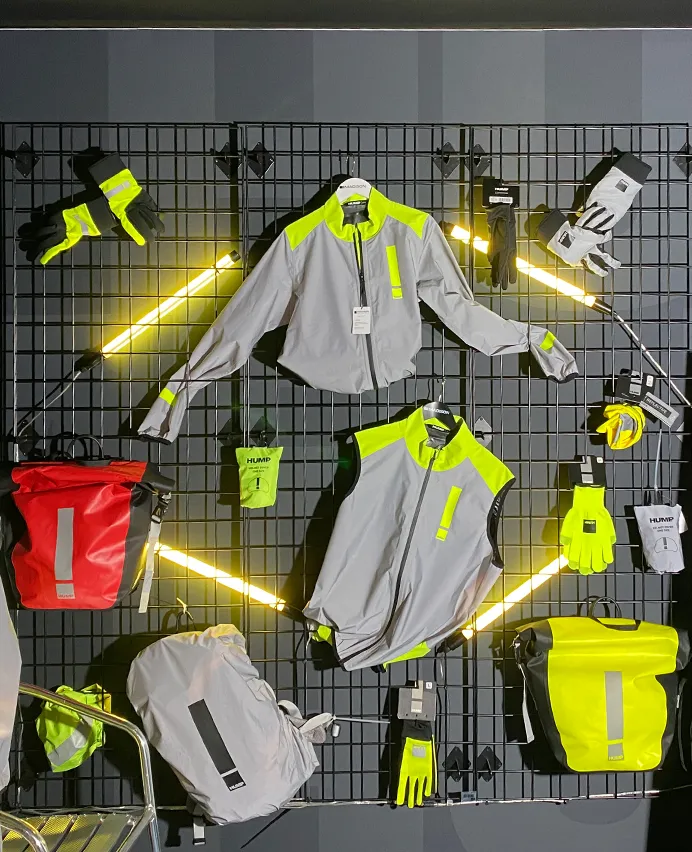
For Exhibition Build Services With No Limits
Ready to push the possible? Tecna’s expert team is here to help you deliver an exhibition that looks incredible and performs even better.
We deliver full exhibition project management – taking care of every stage, from creative concept and layout planning to precise planning and flawless execution.
With years of experience across a huge range of industries, we create dynamic spaces designed to attract, engage, and deliver results.


